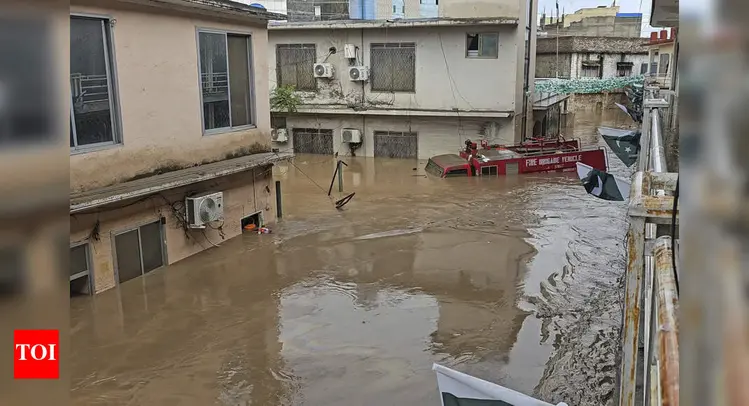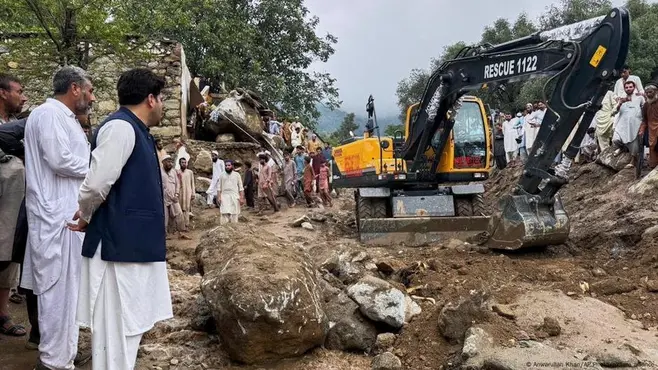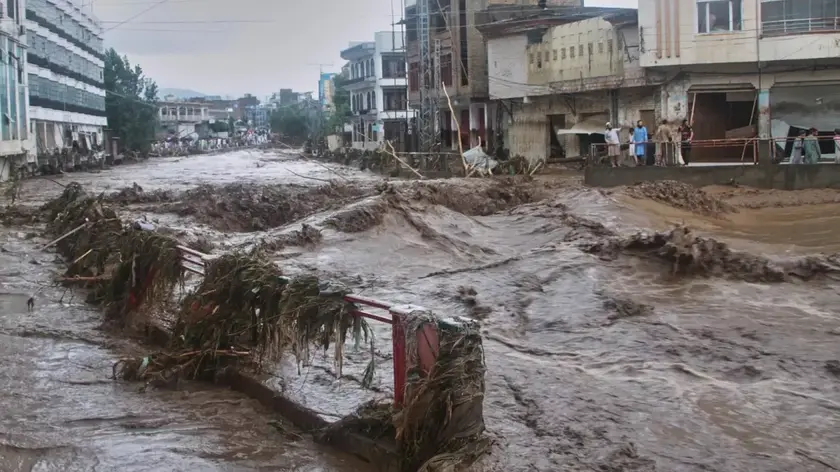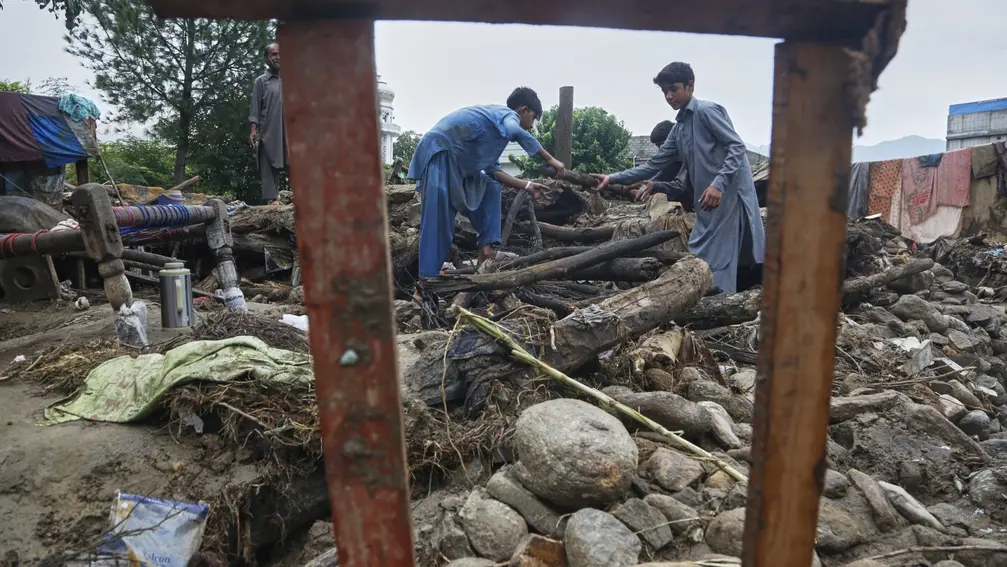T4K3.news
Cloudbursts test resilience in South Asia
Extreme rains in the Himalayas cause casualties and damage in India and Pakistan, stressing the need for better warning systems and infrastructure repairs.

Cloudbursts in India's Uttarakhand and Pakistan's Buner highlight growing risks from extreme rainfall in mountain regions.
Cloudbursts test South Asia resilience to climate extremes
Cloudbursts have caused fatalities and widespread damage in mountainous areas of India and Pakistan. In Pakistan’s Buner district, authorities confirmed that up to 300 people died after a sudden deluge triggered flash floods and landslides that collapsed homes and swept villages from their foundations. In Uttarakhand, India, a cloudburst was reported earlier this month, with floodwaters surging through a Himalayan village called Dharali. The events echo a 2013 disaster in the same state that left thousands dead and many more affected.
Experts describe cloudbursts as complex, extreme weather events. A cloudburst means heavy rainfall in a short period over a small area, often more than 100 millimeters (about 4 inches) in an hour across roughly 30 square kilometers. The deluge can feel like a rain bomb, delivering the equivalent of hours of rain in a single moment. Factors such as warm, moist air rising from the surface, high humidity, low pressure, and mountain terrain all contribute to the formation and sudden release of rain. Mountains can trap moist air and storms, delaying rainfall until the clouds finally burst.
The two countries sit in a zone where moisture from the monsoon, the Himalayas, and warming ocean currents meet. Climate-change effects are making such events more frequent and intense. Increases in air temperature raise moisture capacity, which can fuel heavier bursts when storms form. Unplanned development in fragile mountain regions worsens damage by reducing the land’s ability to absorb water and by increasing runoff. Early warning systems exist but may not reach all communities in time, especially when rain arrives with little notice. Community groups advise avoiding settlements near rivers, delaying travel in heavy rain, keeping emergency kits ready, and improving riverbank and drainage management.
Key Takeaways
"Rising global temperatures have supercharged the hydrologic cycle, leading to more intense and erratic rainfall."
Quoted by Khalid Khan, climate expert and PlanetPulse chair
"There is no forecasting system anywhere in the world that could predict the exact time and location of a cloudburst."
Asfandyar Khan Khattak, Pakistani official
"In short, climate change is making rare events more frequent, and frequent events more destructive."
Khalid Khan on overall trend
"Moist air is forced to rise after encountering a hill or mountain."
Definition of cloudburst formation in the article
These incidents expose gaps between meteorological knowledge and local action. While scientists link cloudbursts to a warming climate, the immediate damage is often driven by land use choices and infrastructure limits in steep terrain. Governments face pressure to balance climate adaptation with development needs, especially in border regions where cross-border weather megastorms can strain cooperation. The episodes raise urgent questions about how to scale warnings, evacuations, and resilient design for villages perched on muddy slopes and river banks. The broader lesson is clear: climate resilience is not a luxury but a core infrastructure issue for mountain communities that depend on fast-moving weather to define their futures.
Highlights
- Cloudbursts rewrite the map of danger for mountain communities
- Extreme rainfall is the new normal in these ranges
- We need action not excuses when the rain comes fast
- Climate change is turning rare events into frequent disasters
Political and public safety risk tied to extreme weather
Cloudbursts highlight gaps in disaster readiness and policy. The events in India and Pakistan could influence policy debates and funding decisions, making this a political as well as humanitarian issue.
The mountains demand planning as much as hope, and policy must move from warning to protection.
Enjoyed this? Let your friends know!
Related News

Monsoon floods in Pakistan

South Asia floods escalate

Flash floods kill hundreds in South Asia

Pakistan flood toll and response under scrutiny

Pakistan floods prompt warning system scrutiny

Bobby Bolton completes 42,000-mile journey discovering love and adventure

Europe to fund Ukraine defense continues

Asia crypto moves could spark the next rally
